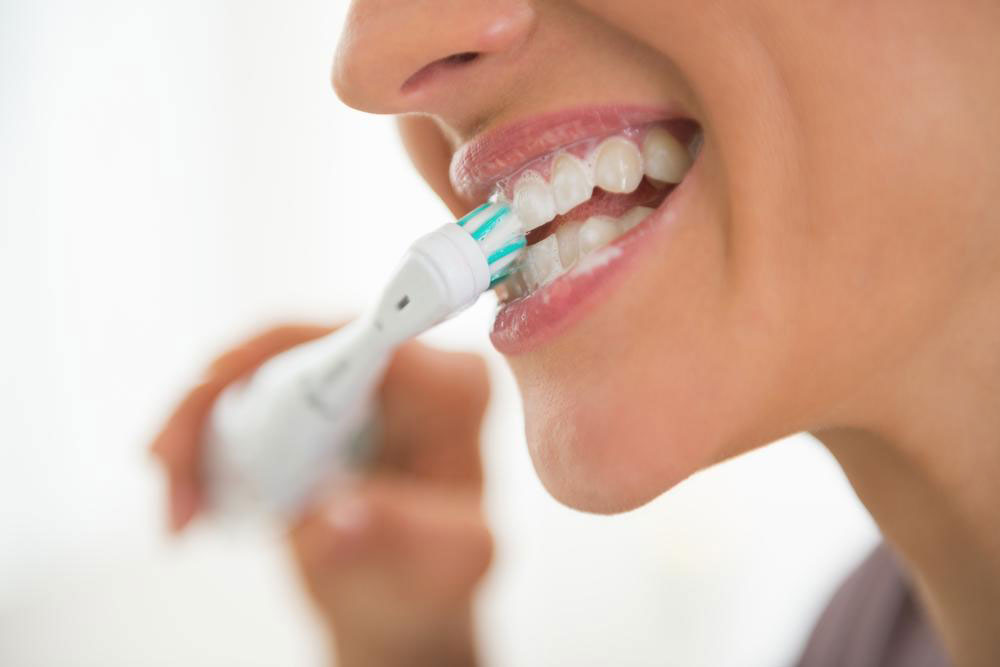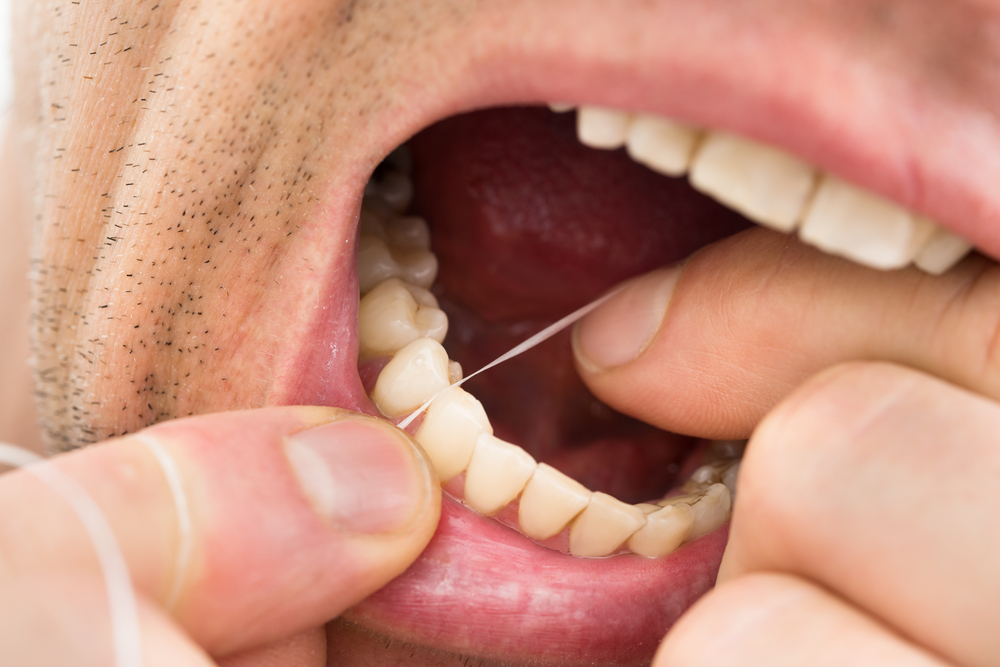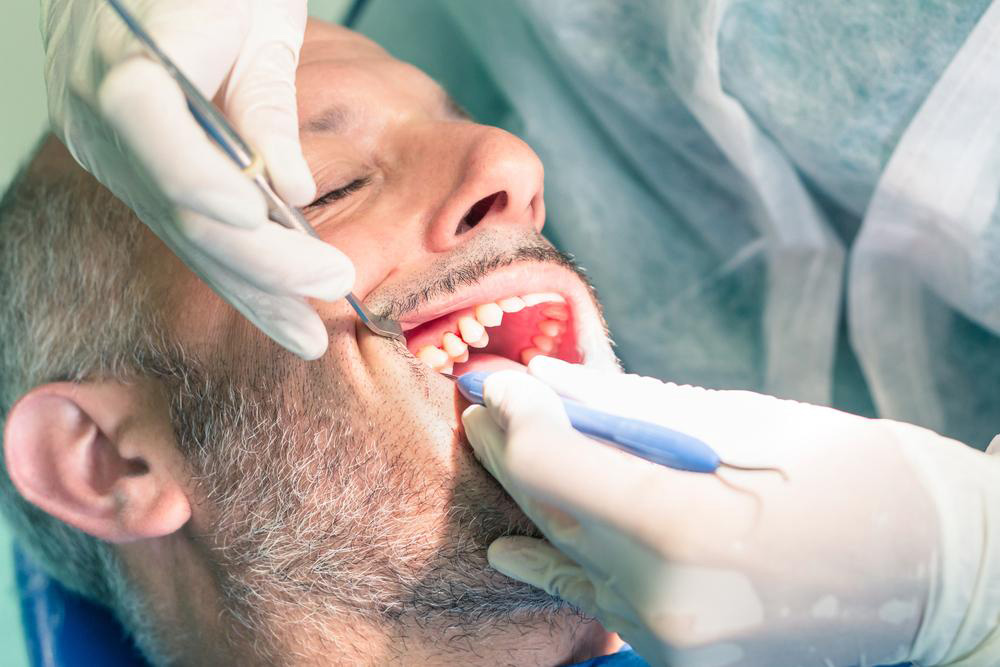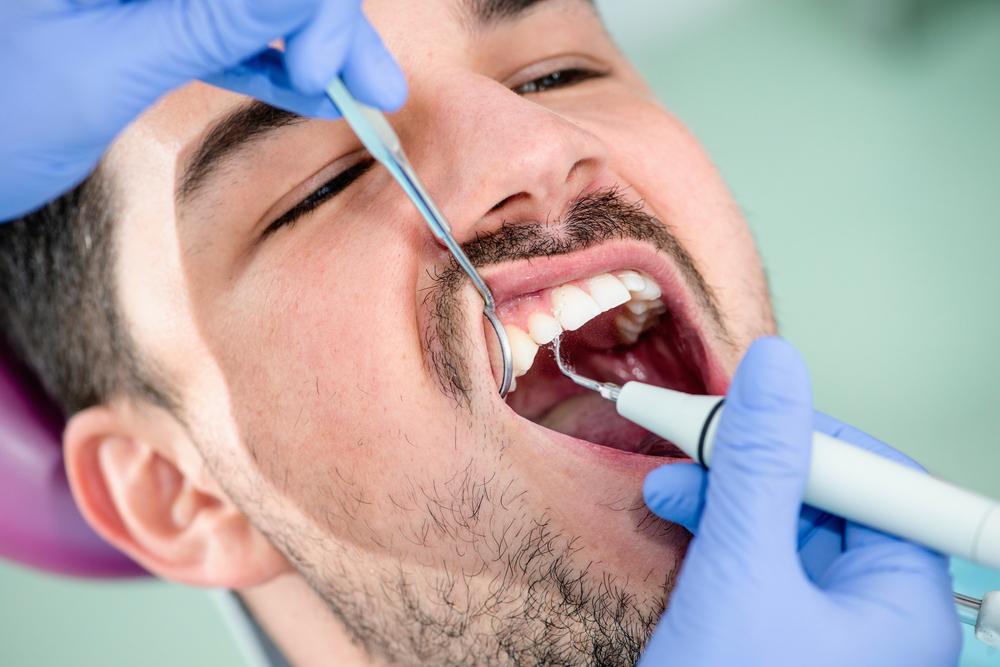Comprehensive Guide to Effective Dental Plaque Removal and Oral Hygiene
This comprehensive guide covers essential methods for eliminating dental plaque, emphasizing effective brushing, flossing techniques, mouth rinsing, and the importance of regular professional cleanings. Proper oral hygiene is vital for preventing cavities, gum disease, and maintaining overall dental health, making routine care indispensable for a bright, healthy smile.
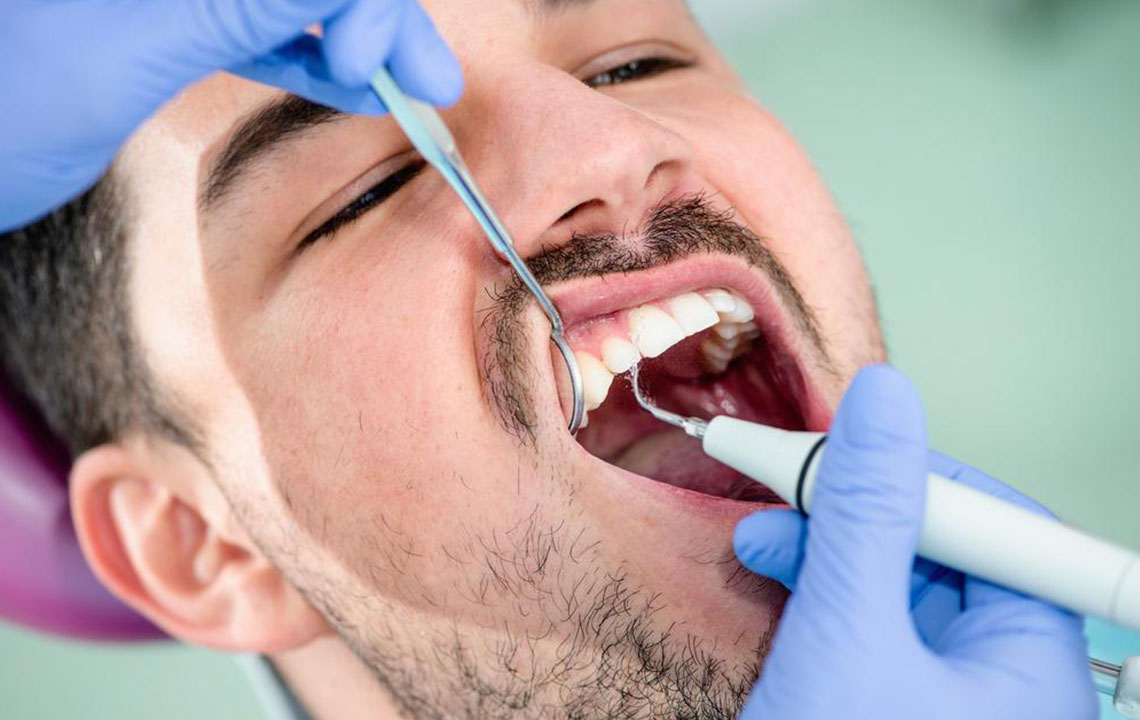
Comprehensive Guide to Effective Dental Plaque Removal and Oral Hygiene
Maintaining optimal oral health is essential for overall well-being, and one of the key components of this is effectively managing dental plaque. Many individuals often confuse plaque with tartar; however, understanding their differences and learning how to eliminate plaque efficiently can significantly enhance dental health. Plaque is a transparent, sticky biofilm of bacteria that naturally develops on teeth surfaces over time. If left unaddressed, it can stain teeth and lead to gum infections and other oral health issues. Proper oral hygiene practices, including effective brushing, flossing, and professional dental care, are critical for controlling plaque accumulation and preventing dental diseases.
Understanding How Dental Plaque Forms
Dental plaque formation begins with bacteria in the mouth that interact with residual sugars and starches from your diet. When you consume sugary or carbohydrate-rich foods, these bacteria metabolize the sugars, producing acids as byproducts. These acids gradually erode the protective enamel layer of teeth, making them more susceptible to decay. Over time, if plaque isn’t removed, it can mineralize into tartar, which is much harder to clean and often requires professional intervention. The continuous presence of plaque can cause inflammation of the gums, known as gingivitis, which, if untreated, can advance to periodontal disease, undermining the supportive structures of the teeth.
Strategies for Effective Dental Plaque Removal
Eliminating plaque effectively requires a consistent and thorough oral hygiene routine. The most successful approach combines daily brushing, flossing, mouth rinsing, and routine dental check-ups. Each element plays a vital role in maintaining a healthy mouth and preventing the growth of plaque and bacteria. Because plaque begins reforming within a few hours after removal, regularity in cleaning practices is crucial. Implementing proper techniques and using the right tools ensures the cleanup is effective and long-lasting.
Optimal Brushing Techniques for Plaque Control
Brushing remains the cornerstone of plaque removal, but many people do not perform it correctly. To maximize its benefits:
Dedicate at least two minutes to brushing each section of your mouth, covering all surfaces thoroughly.
Utilize a high-quality electric toothbrush that features built-in timers to ensure you brush long enough on each area.
Use a toothbrush with criss-cross or angled bristles to better reach stubborn plaque in corners and along the gum line.
Don’t forget to clean your tongue gently to reduce bacteria, bad breath, and plaque buildup.
Rinse your toothbrush after each use and replace it every three months to maintain optimal cleaning efficiency.
Choose toothbrushes that suit your needs — electric models with pressure sensors can prevent over-brushing damage.
Flossing: The Missing Piece in Your Dental Hygiene Routine
Flossing complements brushing by targeting areas that toothbrush bristles cannot reach, such as between teeth and below the gum line. Daily flossing is proven to significantly reduce plaque and prevent cavities and gum disease. Proper flossing technique involves:
Wrapping most of the floss around your middle fingers, leaving a small section to work with.
Using thumbs and index fingers to gently guide the floss between teeth, avoiding excessive force to prevent gum injury.
Curving the floss around each tooth surface and sliding it beneath the gum line to dislodge plaque.
Using new sections of floss for each tooth to prevent bacteria transfer.
Choosing the Right Dental Floss
There are primarily two types of dental floss:
Nylon Floss: Available in waxed or unwaxed versions, often flavored for a more pleasant experience. Made from multiple nylon strands, this type is effective but may shred when used in tight spaces or with vigorous flossing.
PTFE Floss: Also known as monofilament floss, this type glides smoothly between teeth, resists shredding, and lasts longer. It’s particularly suitable for sensitive gums and tighter contacts.
Mouth Rinsing as an Oral Hygiene Supplement
Adding a mouth rinse to your daily routine provides additional benefits, such as freshening breath, reducing oral bacteria, and decreasing plaque buildup. Different types of mouthwashes offer various advantages:
Cosmetic Rinses: OTC products focused on breath freshening and removing food debris, providing a temporary clean feeling.
Therapeutic Rinses: Contain active ingredients like chlorhexidine or fluoride. These are often recommended by dental professionals for treating gum disease or preventing cavities. Use as directed, typically for short-term use, as prolonged use can lead to side effects like staining or altered taste.
Herbal and Natural Rinses: Made from botanical extracts, these alternatives avoid chemicals such as alcohol and dyes, providing a milder option for sensitive users.
The Importance of Regular Dental Visits and Professional Cleanings
Despite diligent at-home care, professional dental cleanings are indispensable for thorough removal of stubborn plaque and tartar that cannot be eliminated with brushing and flossing alone. Visiting your dentist at least twice a year ensures early detection of dental issues and effective maintenance of oral health. During professional cleanings, dental hygienists use specialized tools to eliminate hardened plaque (tartar) and polish your teeth, enhancing overall cleanliness and health. Combining personal daily practices with routine dental check-ups forms a comprehensive strategy to keep your teeth and gums healthy for years to come.

